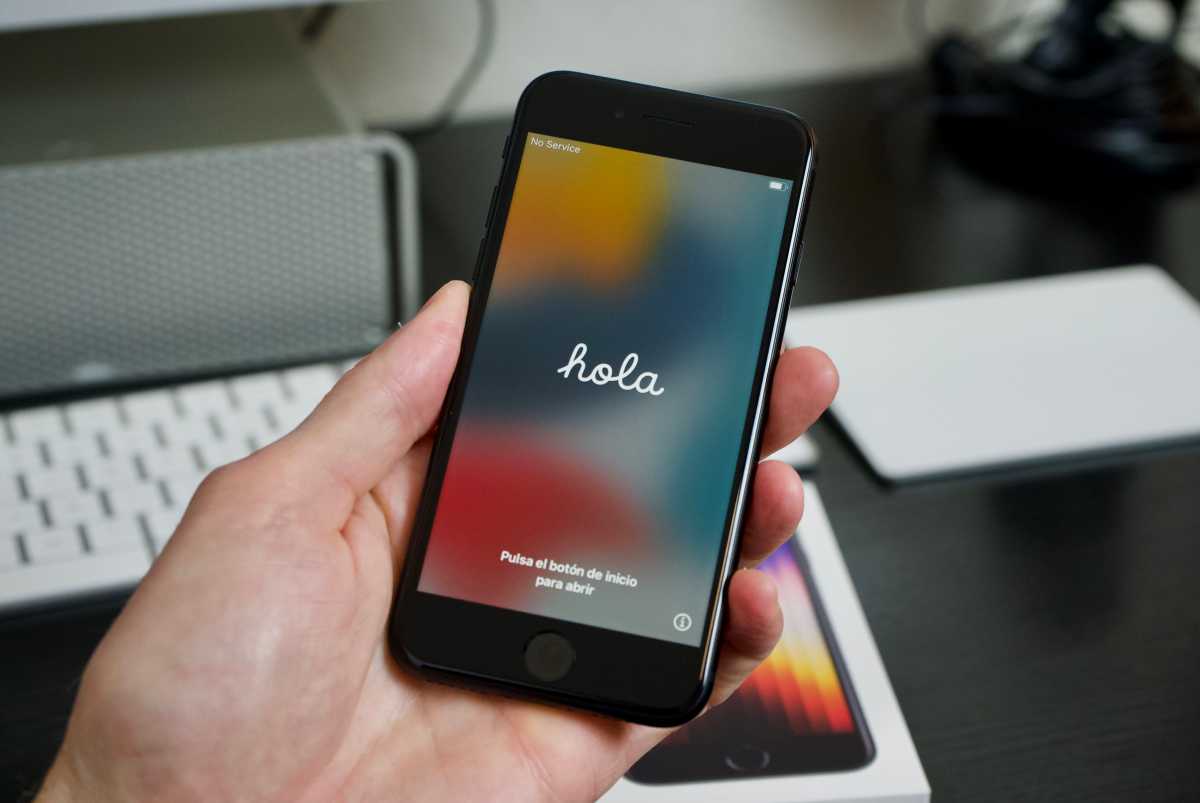Apple Intelligence, unusually for a major Apple project, isn’t a product in the sense that it won’t be packaged in a box for $899. It’s a feature, which means that its success or failure won’t just depend on its innate qualities, but also on the method Apple uses to bundle and sell it.
The most obvious way to monetize Apple Intelligence is by using it as a differentiator for premium hardware. After all, it requires considerable processing muscle. As we explain in our FAQ, the only current iPhones capable of running Apple Intelligence will be the A17 Pro-equipped iPhone 15 Pro and 15 Pro Max. (The 16-series iPhones launching in fall this year will also be compatible, of course.) AI could therefore help to persuade customers to upgrade to new, high-end handsets.
In the long run, however, Apple Intelligence needs to appeal to the mainstream. Not because this means more revenue, but because this means more data. AI models need training data to evolve, and Apple needs its models to become as accurate and useful as possible in order to catch up and compete with established systems such as ChatGPT. Ideally, Apple Intelligence would be on every iPhone, iPad, and Mac in the world, happily sucking up information about the way humans use language and imagery to express their thoughts.
With this in mind, the optimal vehicle for Apple’s AI system may not be the iPhone 16 Pro, as much as the company will want to shift units of that device. It could well be the 4th-gen iPhone SE, which is likely to launch six months later in the spring of 2025.

The next iPhone SE will be more than a souped-up older phone.
The next iPhone SE will be more than a souped-up older phone.
IDG
The next iPhone SE will be more than a souped-up older phone.
IDG
IDG
The most special edition
For one thing, for all their perception as budget-friendly compromise options, Apple’s SE handsets have historically been well set up when it comes to processing power. All three generations of the SE have featured what was at the time Apple’s latest phone processor, matching the flagship iPhone released the previous fall. If that’s the same A18 chip expected to be in the iPhone 17, running Apple Intelligence shouldn’t be a problem.
Second, the next SE sounds like it will be a considerably more appealing prospect than its maligned predecessor, even before we chuck AI into the mix. We’ve already heard that it will have an OLED display and Face ID, and the latest rumors suggest it could be based on the chassis of the iPhone 16, meaning its exterior will be just as state-of-the-art as its insides. There will be compromises, of course: the camera system, for example, won’t match that of the 16 Pro or even the vanilla 16. However, iPhone cameras have long been far better than they need to be, and the SE 4 should still have the photographic chops to handle almost all situations, including spatial video for the Vision Pro.
Indeed, from both the user and maker’s point of view, this seems like the perfect solution. Apple gets to leverage exclusivity to upsell lots of premium phones this fall, then inclusivity to harvest more data the following spring. Customers can jump on board the AI bandwagon right away if they wish (and can afford to), or wait six months for a more cost-effective entry point. It seems win-win.
The important thing for an AI device is that it’s present and easily accessible. I maintain that the best choice of all would be an Apple Watch, but that isn’t going to happen in the near future. The second most omnipresent device is the smartwatch, and with an appealing blend of value and features and high sales numbers, the iPhone SE 4 could be the best chance Apple users get to experience the company’s AI breakthroughs first-hand.
>>> Read full article>>>
Copyright for syndicated content belongs to the linked Source : MacWorld – https://www.macworld.com/article/2407667/iphone-se-perfect-apple-intelligence-device-spring-2025.html































